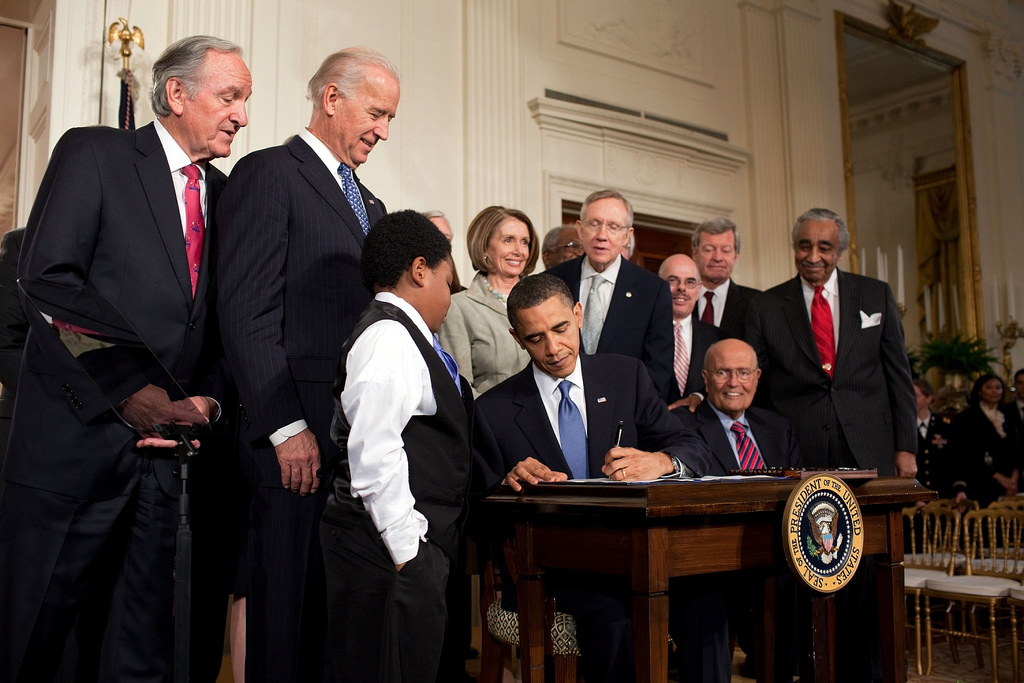
Obamacare, now in its awkward early stages of implementation, is the American military’s ticket home. The completion of the last element in America’s welfare state –the last strand of the social safety net—is likely to end the security welfare system America provides for its allies.
There are four basic components to the welfare state: workman’s compensation (which covers job caused disability), unemployment insurance, old age insurance, and health care insurance. Workman’s compensation in the US was accomplished early in the 20th Century by the states. Retirement (known as Social Security in the US) and unemployment insurance were enacted in the 1930s as part of President Franklin Delano Roosevelt’s New Deal reforms. Opposition from the American Medical Association, the physicians’ lobby, prevented President Roosevelt from including health care in his reform package, and its enactment became an enduring Democrat Party quest.




